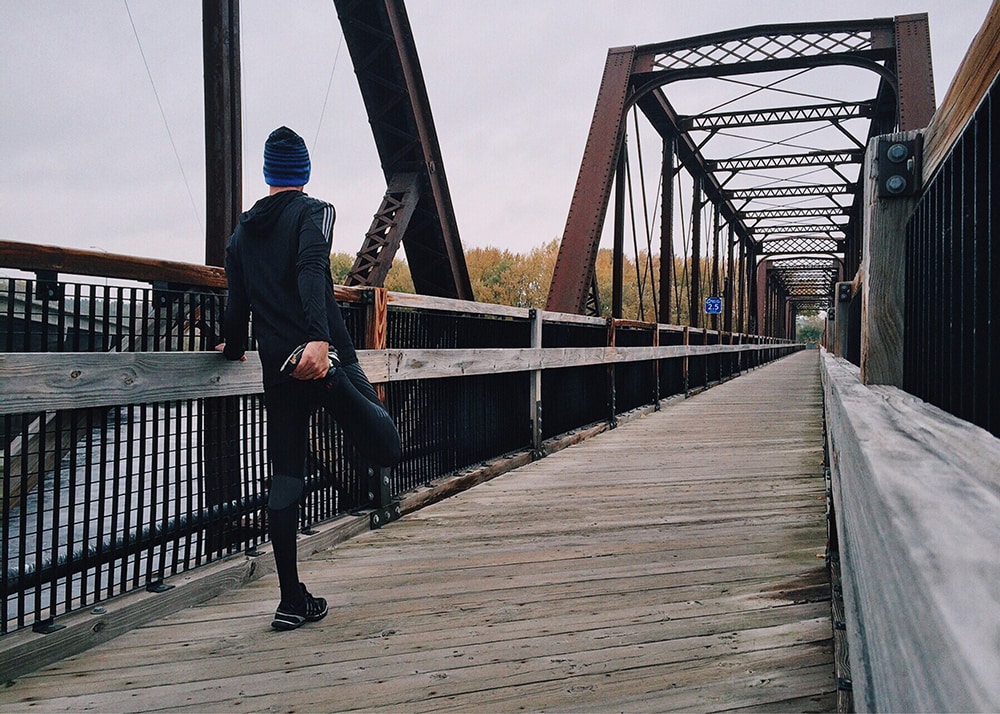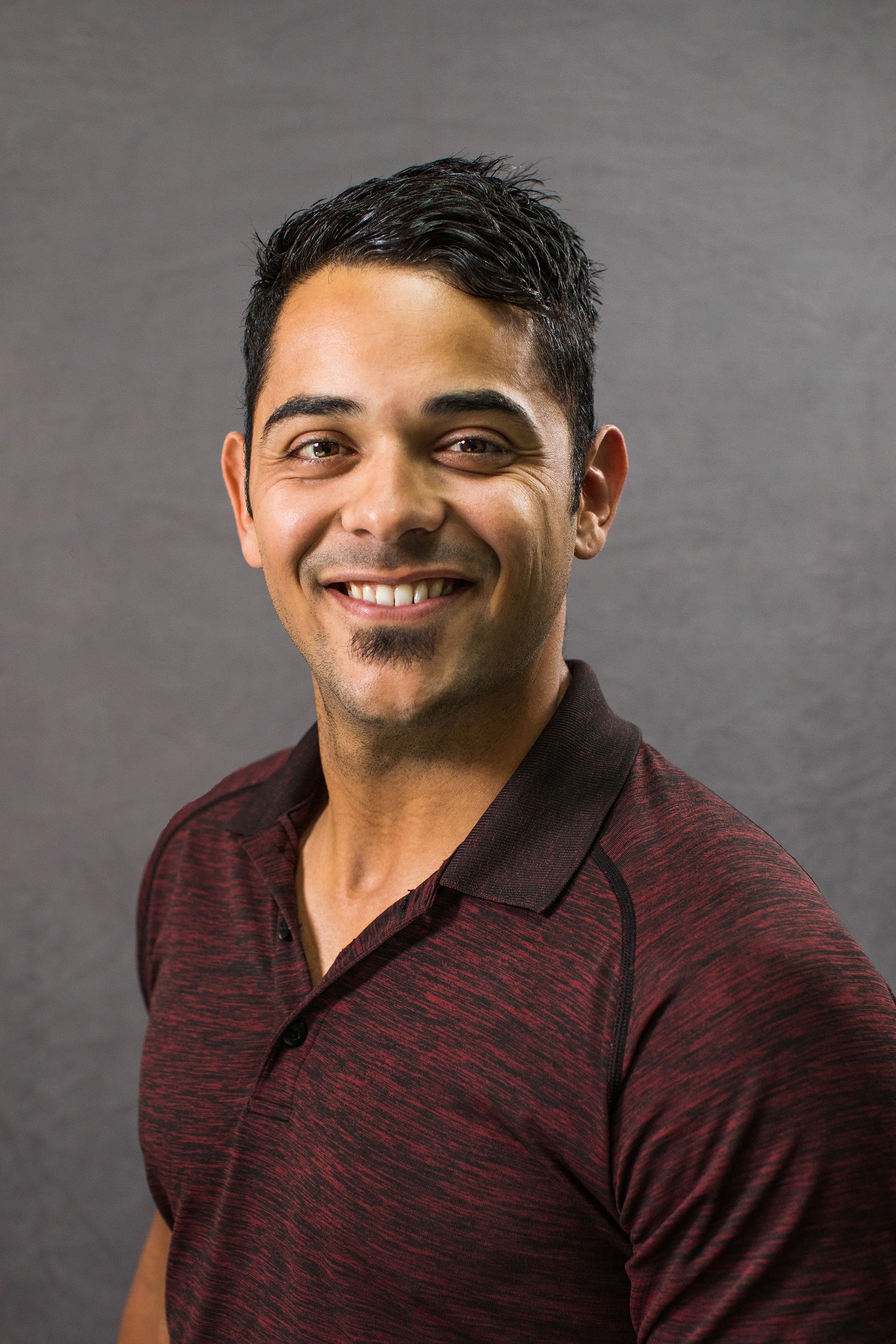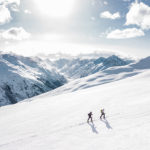Back in 2003, I was a young pup, barely 16-years-old, just starting out in the gym. I was completely lost among the rows of machines, treadmills, and weights. I wandered the gym floor trying to copy the pictures I had from my dog-eared bodybuilding magazines.
Over time, I failed my way to a basic level of competence in the gym. The good thing about working out is that if you’re starting from a completely sedentary couch-surfing lifestyle, you can do it mostly wrong and still get great results. But sooner or later, the plateau will come. It always does.
However, as I’ve gotten older, I’ve realized a “plateau” isn’t an accurate metaphor for what you’re actually experiencing when you go on a diet/exercise plan and suddenly the rapid progress you’ve been experiencing stops. Rather, it’s more like a fork in the road on a very well-worn, highly populated trail that, up until this point, has been mostly flat and without obstacles.
Allow me to illustrate. Last year, I drove to Lake Tahoe for a snowboarding trip. Forecasts said there was a storm, so we planned to leave before 5 a.m. to beat the crowds. Knowing there’d be a lot of snow and ice on the road, we brought chains for our tires. The next day we left and made great time, covering 80% of the distance in under four hours. The road was virtually empty, and the weather was great. The navigation said we had less than two hours to go. We were excited and thought maybe we got lucky and beat the storm before it arrived.
Then came the rain. Suddenly, as if we’d passed through a fold in space and time, we were surrounded by dark clouds, doused in pouring rain and hail with extremely limited visibility. “It’s okay,” we thought. “We’re practically at the mountain. We’ll be there in no time.” We powered through the thunderstorm and arrived in the town of Placerville. After five hours of driving and 400 miles, we had just under 60 miles to go. We should get there in under 90 minutes, or so we thought.
When we pulled over to put chains on, we saw car after car stuck on the road without chains. We saw others who had chains but didn’t know how to put them on. We helped a few of them and got back on the road. Well, long story short, the next 60 miles didn’t take 90 minutes. It took 16 hours. Bad weather conditions, stuck and broken-down vehicles, and lots of stand-still traffic slowed us to a crawl.
This is a lot more analogous to what we experience on our fitness journeys. In the beginning, it’s easy because progress is easier to come by. The road and conditions are predictable, and it fools us into thinking it will be like this the whole time. Then the storm comes. When you reach a point where your progress appears to have stopped, the tendency is to think it stopped working. It hasn’t. It just means you’ve arrived on the next leg of the journey, a much steeper, and treacherous climb that will require you to grow and get better.
If you’ve ever heard the quote, “What got you here, won’t get you there,” that’s what I mean. As your body progresses, it will require you to train more intelligently to keep progressing. Once your body adapts, it needs a new stimulus to change again. You can’t keep doing the same cardio routine ad infinitum. This is the same for dieting. Sure, in the beginning you can crash diet, but sooner or later you’re going to have to gain the skills to eat well outside of a six-week challenge.
When we were on the snowy, icy road, lots of cars turned back. Either because they didn’t want to wait, or because they were ill-equipped to even make it to the mountain in such conditions. This is why I see lots of people fail in their fitness. They don’t anticipate and prepare for the hard stuff, nor have the patience to keep going when it feels like they’re not moving.
As you carry on into the new year, remember there are no plateaus for those who prepare and adapt. As long as you don’t stop, neither will your progress.
Just remember to bring snacks. spt







Comments